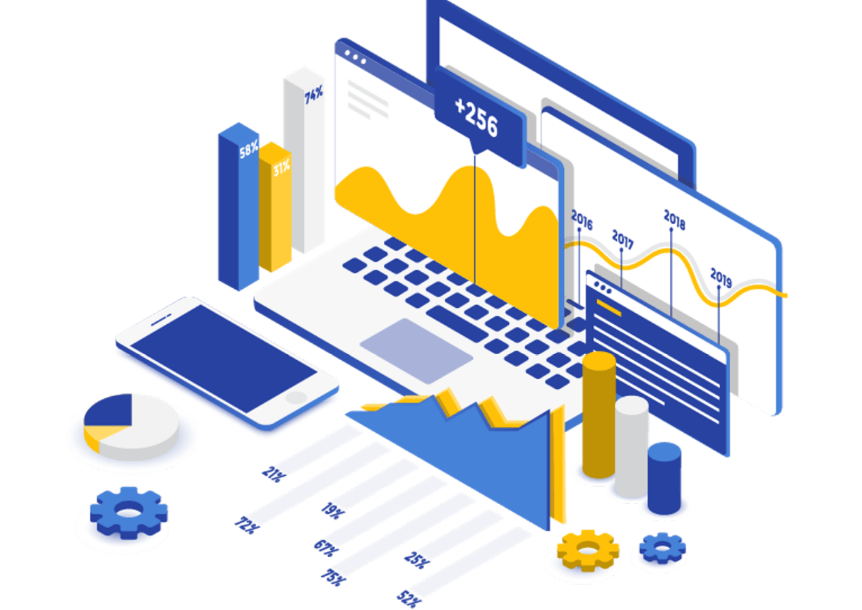Bridge the marketing-to-sales communication gap to give your sales team what they need to win.
Artificial intelligence (AI) and machine learning (ML) have made the leap from futuristic technology to an integral part of our daily routines, from getting directions from A to B to asking Siri to play our favorite song. At work, AI enriches our lives by automating the time-consuming, mundane tasks we used to do ourselves.
As an all-around data analytics evangelist at ServiceNow, I’ve seen firsthand how connecting data to automation can pay off—literally. And in ways you might never expect.
Take marketing. A while back, one of our leaders noticed that a particular business was engaging with their marketing materials, but no one from sales was following up on these engagements. When we reached out to their sales rep, it turned out that they had no idea these interactions were occurring.
This was an obvious “seller’s blindspot”—and, once identified, we knew the issue could be addressed with AI-enabled data analytics. Because this wasn’t just a fluke—if one customer or prospect was slipping through the cracks, so were the others. Only AI could consume, process, and provide insights from what we knew was a vast amount of previously untapped data.
Closing the marketing-to-sales loop
We started out by sifting through the accounts—which included both customers and prospects—to identify the highest propensity to buy and the next best recommended product. Using this, we built the AI engine, running a pilot with select users to further calibrate the algorithm or better accuracy.
As we dug deeper, another challenge revealed itself. Now that we knew which companies to target and what to sell, the question arose: Who do we call? This naturally led into building a third “lead scoring” algorithm to predict who was the most likely to meet with a sales rep.
To recap: Sales now had AI-enabled algorithms using data to predict propensity to buy, next best product, and best person to contact. We could have stopped there, but it occurred to us: Now that they know who to contact, can we figure out what they should talk about?
With this in mind, the enterprise AI team got to work in building a content recommendation engine to determine the next best conversation for every lead. Now our sales folks no longer have to scout around to find the right content—the data does it for them.
Data for the win
With these AI algorithms working in harmony, the sales team was in heaven. Not only did they know which accounts to focus on, what to sell, who to talk to, and what to talk about—they also had more time to spend with their customers. This gave them the opportunity to understand and address customer pain points to make sure they were getting the most from their investment in our products.
While the sales team hit the ground running with this powerful new information, a new idea was sparked in the minds of our data wranglers. How could we determine which marketing touches were most effective? So we went back into the data one last time, eventually giving our marketing team a tool that provided multi-touch pipeline attribution insights.
We now have AI-enabled data analytics to determine our most effective marketing programs, which then feed into propensity to buy, which then drives the next best recommended product, which then leads to lead scoring and content recommendations, which then results in better outcomes for customers and a stronger bottom line.
Happy marketers, happy sales teams, happy customers. I call that a data-driven win, win, win.
This article has been published from the source link without modifications to the text. Only the headline has been changed.




